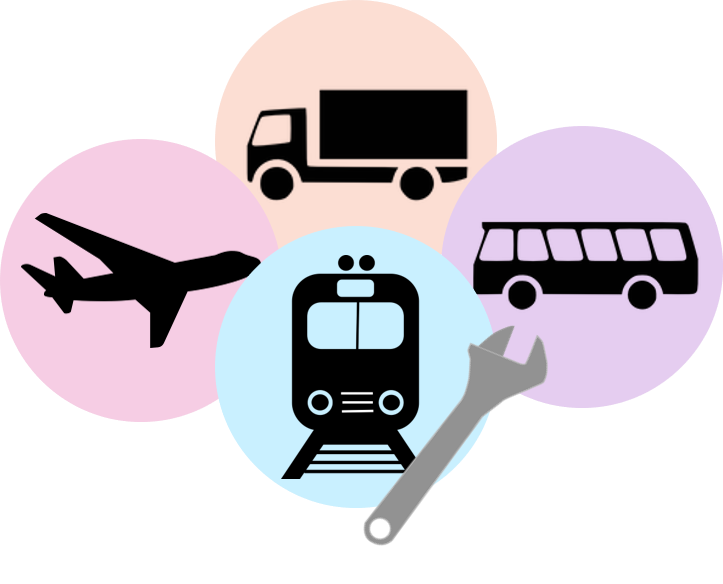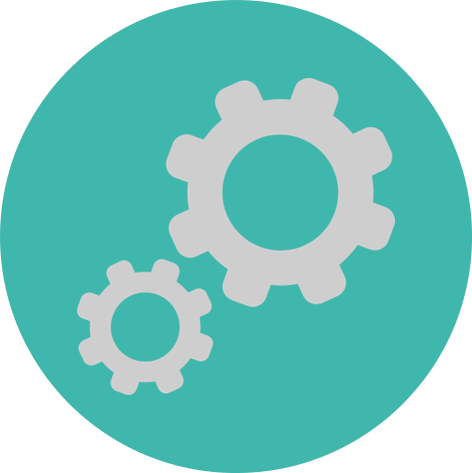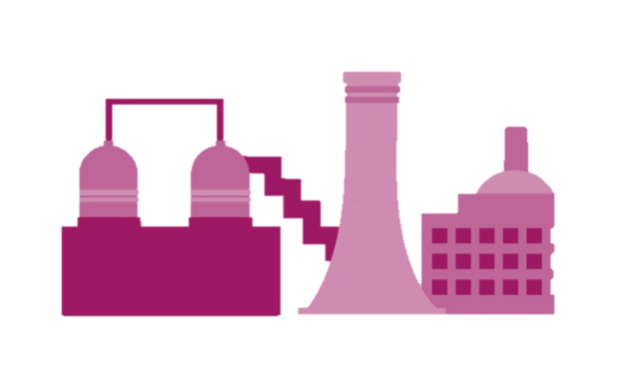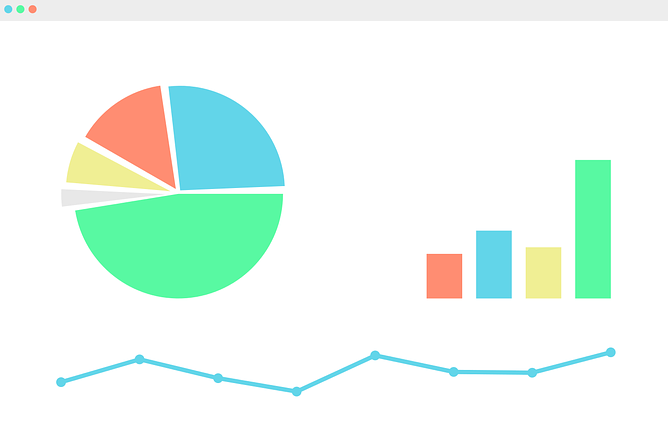Transportation & Mobility
Overcome the multiple challenges of transportation

A sector in constant evolution
Artelys brings you elements to facilitate your decision making:
- Operational management of your transport offer
- Adaptation of networks to take into account the changes in demand and uses
- Guarantee of a quality of service to users
- Implementation in new markets in a highly competitive context

A wide offer to accompany you
Our offer covers all stages from strategic analysis to the implementation of operational solutions.
To answer your problems, we implement all decision support tools: optimization, simulations, data science, machine learning, etc. We also assist you with the deployment of associated software solutions.

Successful collaborations
Artelys has been helping a number of transport and mobility stakeholders for many years.
Artelys has a real business knowledge in the various fields and knows the current and future technological developments.
issues
— Optimize maintenance planning
Ensuring compliance with regulatory constraints
Optimization of the park management:
- Minimization of the immobilization of the vehicule fleet
- Minimization of the unavailability of the infrastructure
Optimizing the use of human and material resources by grouping interventions


— Optimize maintenance planning
Ensuring compliance with regulatory constraints
Optimization of the park management:
- Minimization of the immobilization of the vehicule fleet
- Minimization of the unavailability of the infrastructure
Optimizing the use of human and material resources by grouping interventions
— Design and manage a transportation offer
Forecast demand
- Projection of the evolution of the demand of a territory over a given horizon, based on structural changes in the territory and the transport supply
- Taking into account socio-economic criteria to model the demand
- Taking into account multimodality, as well as new modes of transport
- Taking into account new urban transport policies : relay car parks, restricted traffic zones, urban tolls
- Using GPS data to determine travel patterns
Respond to the demand
Propose a transport offer closer to real demand of travelers :
- Forecast traffic
- Seeking the best balance between demand satisfaction and profitability
- Estimation of network congestion, by application of debit-speed curves
Regulate
Maintaining a good quality of service to users thanks to a good traffic management:
- Real time simulation of the network
- Fluidification of the traffic thanks to a good management of the regulation systems (signaling, etc.)
- Anticipation of network disturbances and reaction strategies (reactive replanning, bypass scenarios, etc.)
— Plan resources
Sizing the equipment and necessary crews to operate a transport offer
Planning the trajectories of the resources mobilized in the transport plan
Assignement of the resources to each trajectory, taking into account their availability and demands while respecting the legal framework


— Plan resources
Sizing the equipment and necessary crews to operate a transport offer
Planning the trajectories of the resources mobilized in the transport plan
Assignement of the resources to each trajectory, taking into account their disponibility and demands while respecting the legal framework

— Manage a fleet of shared vehicules
Optimization of vehicule routes for deliveries
Dispatch of a fleet of transport vehicules (car-sharing, vehicule for hire) according to real-time requests/load-balancing management
Taking into account possibilities of carpooling (ride-sharing) and the energetic aspect
Routing of vehicules according to traffic status
Simulation of the fleet by random generation of demand
— Revenue Management/Economic assesment
Quantify the elasticity of demand/prices
Forecast sales capacities
Define rates by calculating costs as a price per passenger
Optimize offers to maximize turnover


— Revenue Management / Economic assesment
Quantify the elasticity of demand / prices
Forecast sales capacities
Define rates by calculating costs as a price per passenger
Optimize offers to maximize turnover
a wide offer of services
— From the functional study…

Assistance for project management
Functional need analysis
Writing specifications
Audits of project management

Design
Modelization
Quantitative analysis
Prototyping

Architecture
Choice of technical architecture
Urbanization of information System

Software
Development of operational software
Implementation
… to the setup of operational software

Integration
Software integration and industrialization
Server setting and distribution of calculations

Maintenance
Third party maintenance
Software audits

Assistance
Training
Support
— Assistance for the realization of specific studies
Participation in the bid to the call of tenders
Sizing studies
Construction of new offers
for all stakeholders in the sector

— Public and private actors
Transport Operators
Managers of network, infrastructures (airports, etc.), of fleet vehicules
Transport unions
— At all levels
Business entities
Research & Development Centers
IT managers
Workshops
Supervision
Exploitation
Office methods
Human Resources-Finance
Direction
— Innovation Partnerships

Participation in research
R&D work:
Proof of concept
Prototypes
High level scientific content
Iterative approach

Recovery of research and development work

Proposal for innovation operational solution
Industrial use:
Volume constraints
Real time constraints
Interaction with the IS
Management of anomalies
Security
Maintainability, etc.
stories

Realization of a spatial projection model of freight transport volumes, both medium-term (1 to 5 years) and long-term (10 to 30 years) for the Department of Economy, Evaluation and Integration of sustainable development as part of its contribution to the evaluation of transportation policies or investments, first stage of their multimodal transport model, (4 step model).
Development of a multimodal transport demand estimation tool within the MIC collaborative research project conducted within the SystemX Institute for Technological Research (IRT).
Implementation of innovative models for multimodal demand forecasting in transport, based on socio-economic projections of the region as well as a projection of transport supply.
Calibration of models using data from travel surveys.

Design of a station-based car-sharing system with electric vehicles, with location and dimensioning of the stations.
Time estimation of displacement requests and modeling of station locations.
Industrialization of proof of concept proposed by Renault in a real software solution.
Application to the real case of the Nissan fleet in the city of Yokohama.

Study of the operating and maintenance strategy of a tramway park.
Comparison of different maintenance strategies and evaluation of the impact of certain investments (train, bogie), but also different organizations of work (reinforcement on weekends, night shift) thanks to simulations (calculation of strategies of use of the fleet and optimized maintenance plans) carried out with Artelys Maintenance Planner.

Design of a maintenance management tool for French rail network equipment.
Optimization of maintenance costs by ensuring compliance with safety constraints.
subscribe to our newsletters
© ARTELYS • All rights reserved • Legal mentions


